Overview
Target date funds are mutual funds designed to provide a simple, “set-it-and-forget-it” solution for you to invest in your 401(k) Plan. The funds portfolio is made up of an asset allocation mix which starts off investing more aggressively (when you are younger and/or have a higher risk tolerance), moving to a more conservative investment strategy (as you get older and closer to retirement).
Asset allocation involves dividing an investment portfolio among different asset categories, such as stocks, bonds, and cash investments. Once you select a target date fund, the managers of the fund make all the decisions about asset allocation.
Most target date funds are designed so that the fund’s mix of investments will automatically change in a way that is intended to become more conservative as you approach the target date. Typically, the funds shift over time from a mix with predominantly stock investments in the younger years to a mix that is weighted more toward bonds as you age. The idea is that the closer you are to retirement, the less volatility you can absorb in your investment portfolio. Target date funds automatically change the investment strategy to reflect this typical change in volatility tolerance.
How do target date funds work?
Target date funds are mutual funds which hold a mix of stocks, bonds, and other investments. Over time, the mix gradually shifts according to the fund’s stated investment strategy. Target date funds are designed to be long-term investments for individuals with specific retirement dates in mind. The name of the fund often refers to its target date. You might see funds with names like “Portfolio 2030” or “Retirement Fund 2030” or “Target Date 2030.” These would all be names of funds that are designed for individuals who intend to retire in or near the year 2030.
For example, if you are between the ages of 32 and 36 and plan to retire around the age of 65, the 2050 target date fund would most closely align with your expected retirement date. This will be aggressively invested until you get closer to age 50, at which point the asset allocation mix will automatically begin to be invested more conservatively.
Risk Tolerance
Remember that all investments have some level of risk. Even with the same type of investment, some stocks have less risk than other stocks, and some bonds have more risk than other bonds. Although bonds are often considered to be less risky than stocks, some types of bonds may be riskier than stocks.
You should evaluate the investments and decide how much risk you can tolerate. Your risk tolerance will likely change as you get closer to retirement, so it is critical to pay attention to what the target date fund invests in over time. Also, be aware that while a target date fund discloses what it invests in and how the investment mix will shift over time, the fund manager can make changes in the future without your approval – even if those changes will create more risk. Thus, you should monitor your target date fund’s investments over time.
Evaluating a Target Date Retirement Fund
As with any investment, evaluate a target date fund carefully before investing. The target date may be a useful starting point in selecting a fund, but you should not rely solely on the date when choosing a fund or deciding to remain invested in one. You should consider the fund’s asset allocation over the whole life of the fund and at its most conservative investment mix, as well as the fund’s risk level, performance, and fees.
As noted above, funds with the same target date may have different investment strategies and levels of risk. These variations may occur before the target date year, at the target date, and at some time after it. Some target date funds may not reach their most conservative investment mix until 20 or 30 years after the target date. Others may reach their most conservative investment mix at the target date or soon after.
The information contained herein is not intended as financial, legal or tax advice, and may not be suitable as required by specific circumstances. Please consult your financial planner, attorney and/or tax adviser as needed.


